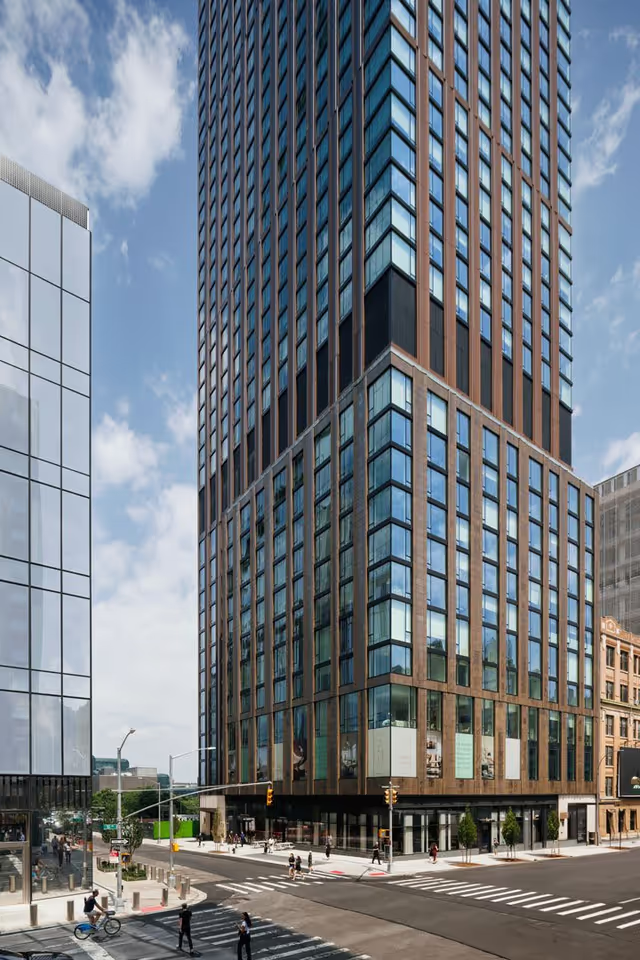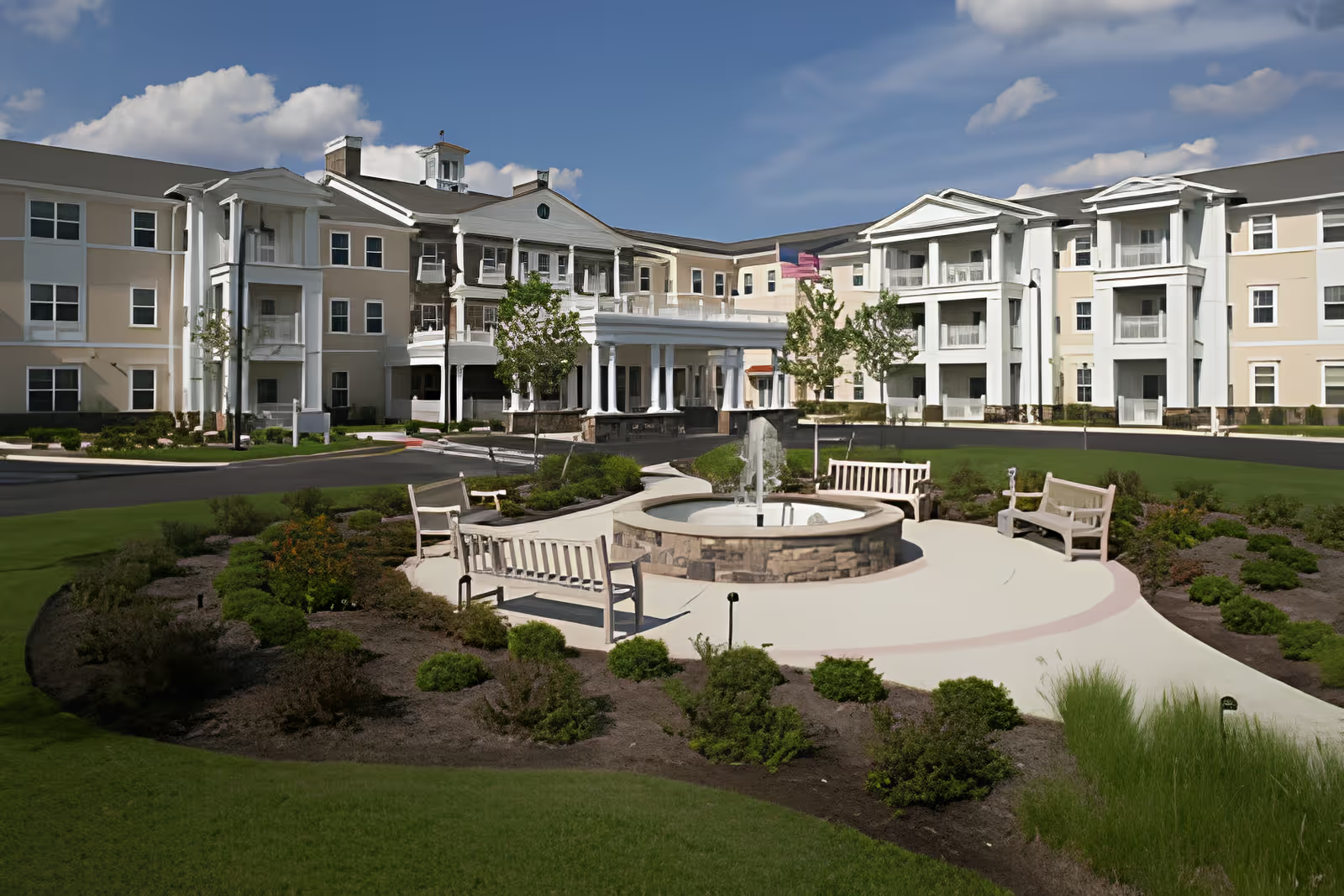Overall impression: The reviews for CareOne at Lexington are highly polarized. A significant portion of reviewers describe excellent short-term rehab experiences characterized by effective physical and occupational therapy, compassionate nurses and CNAs, a bright and clean facility, and positive outcomes (progress towards discharge, delirium recovery, dignified end-of-life care). Conversely, a sizable cluster of reviews report serious concerns about neglect, unsafe conditions, and systemic staffing problems that materially harmed residents. The overall sentiment is therefore mixed: the facility can deliver high-quality rehabilitation and compassionate care under certain conditions, but there are repeated and specific reports of dangerous lapses and variability that families should weigh carefully.
Care quality and clinical issues: Therapy (PT/OT) is one of the most consistently praised services — many reviewers say physical and occupational therapy teams were knowledgeable and instrumental in recovery. However, nursing care and day-to-day assistance are described as highly inconsistent. Numerous reviews document medication-management problems (late doses, missed meds, refusal to administer), failure to read tests (TB test not read), missed or delayed diagnostics (blood work and imaging), failure to monitor vitals/oxygen when needed, and rehospitalizations after inadequate care. There are multiple reports of neglectful behaviors: not providing bathing assistance, infrequent showers, dehydration due to insufficient fluids, ignoring signs of UTI or pain, and delays in providing needed oxygen. Some reviewers described severe incidents such as rough handling, force-feeding, grabbing catheters, and leaving patients unable to access call buttons — raising substantial safety concerns.
Staffing, responsiveness and communication: A dominant theme is chronic understaffing, especially nights and weekends, which reviewers link directly to long call-button response times (some noting waits of 25 minutes to over an hour), unattended toileting needs, and lack of weekend therapy or physician coverage. Staffing shortages are also associated with staff congregating at nurses' stations instead of assisting residents and unreliable med passes. Communication is a recurrent problem: families report poor discharge planning (discharges without consulting caregivers, missing walkers or medications), unreturned phone calls, and management or corporate staff being difficult to reach. That said, many reviews single out individual staff and departments (admissions, certain nurses, social workers, specific CNAs, named staff like "Dan," "Christele," or "Rick") for praise; this highlights a pattern of highly variable quality tied to specific caregivers or shifts rather than facility-wide uniform performance.
Facilities, cleanliness and safety: Descriptions of the physical plant are mixed. Many reviews praise the facility as bright, clean, and well-maintained with spacious private rooms and patios. Conversely, a number of reviews raise serious cleanliness and safety problems: reports of pests (mice, roaches, alleged bedbugs), a feces incident, unsanitary bathrooms and commodes left full, and maintenance hazards (wood trim hanging off walls). These conflicting accounts suggest uneven housekeeping and environmental controls — some wings or shifts appear to maintain high standards while others do not.
Dining and amenities: Dining impressions vary widely. Several reviewers describe the food as tasty, varied, and accommodating (including low-salt and vegetarian options), while others call the food inedible, report incorrect diabetic meals, or recommend families bring food. Amenities such as activity rooms, events, and outdoor spaces receive positive mentions in many reviews, contributing to resident engagement when staffing allows proper supervision. The absence of a gift shop and inconsistent meal labeling/communication were minor but recurring points.
Management, administration and patterns by shift/unit: Positive comments often reference helpful, professional admissions and social work staff and compassionate administrators. But multiple reviewers reported that upper management or corporate offices were difficult to reach and that complaints were sometimes not effectively addressed. A clear pattern emerges: care quality often depends on which unit, which shift, and which specific staff members are on duty. Many positive reports describe daytime, weekday care and responsive teams; many negative reports focus on nights, weekends, and particular units where understaffing, poor training, or language barriers (few staff speaking English) exacerbate problems.
Notable risks and recommendations for families: The reviews include specific safety-related incidents (missed oxygen checks, medication errors, catheter mishandling, dehydration, and rehospitalizations) that families should consider seriously. For prospective residents, the most frequently cited practical recommendations are to: (1) visit the specific wing/unit to observe staffing and cleanliness, (2) ask about weekend/night staffing levels and weekend therapy availability, (3) confirm discharge planning processes and that promised equipment/meds will be provided, (4) clearly document dietary or medical needs and follow up on med administration, and (5) identify and connect with specific onsite staff or caseworkers praised in reviews.
Conclusion: CareOne at Lexington appears capable of delivering excellent short-term rehab and some deeply compassionate care, evidenced by many enthusiastic testimonials about therapy outcomes, attentive individual caregivers, and a clean, bright environment in numerous cases. However, recurring and substantive reports of understaffing, delayed responses, medication and monitoring failures, inconsistent housekeeping, safety incidents, and poor communication represent significant concerns. The facility’s performance seems highly dependent on unit, shift, and individual staff — excellent experiences and dangerous lapses were both reported often. Families should weigh the positive rehab reports against the documented safety and staffing risks, do targeted inquiries before placement, and plan to advocate actively if choosing this facility.







